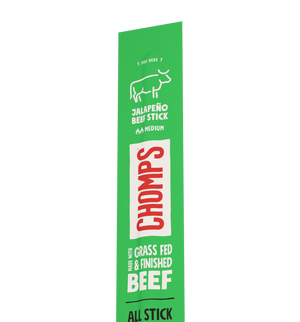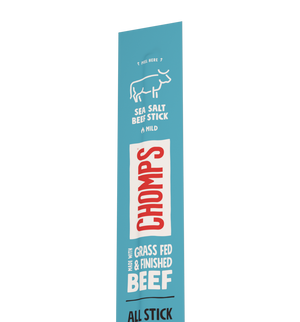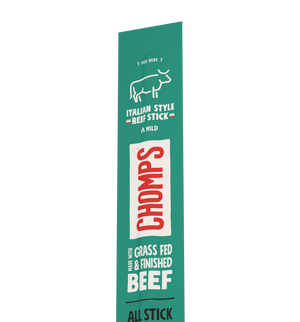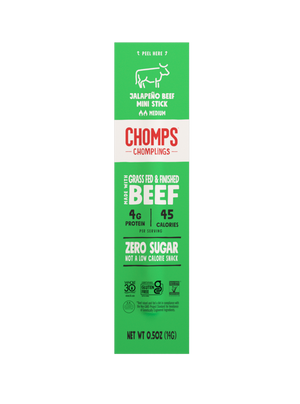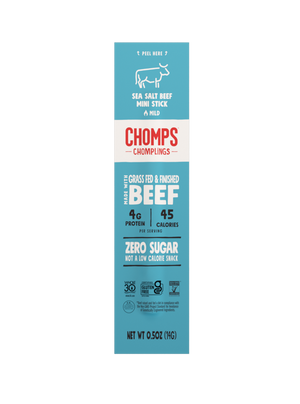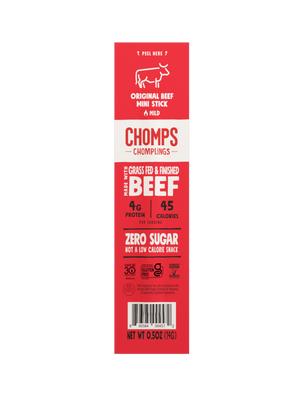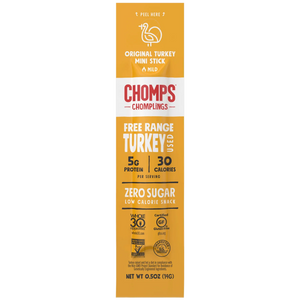Making strides toward healthier eating is always a good idea. Nutrition is essential for your overall health and wellness. It can help support healthy weight management, improve mood, energy, and self-confidence, and even reduce your risk of chronic conditions like type 2 diabetes, heart disease, and cancer.
However, eating healthy isn’t always easy given the highly-processed food landscape that surrounds us — not to mention the conflicting advice from influencers and advertisements. If you’re ready to cut through the nonsense and start eating healthier, you’re in the right place.
Let’s dive into 10 healthy eating tips to help you adopt habits that align with your goals.
1. Balance your plate.
Balance is key to ensuring that you’re getting a good variety of nutrients in your meals and snacks. If you’re a visual person, it can help to think about your plate divided into different sections. How can you add more colors, textures, and food groups?
One of the simplest healthy eating habits is to aim to fill half your plate with fruits and vegetables, one-quarter with lean proteins (such as chicken, fish, tofu, or beans), and one-quarter with whole grains (like brown rice, quinoa, or whole wheat pasta). This variety provides a nice balance of vitamins, minerals, fiber, and antioxidants.
2. Eat more plants.
Plant foods include fruits, vegetables, nuts, seeds, legumes (beans, peas, lentils, and soy foods), and grains. Plants are the only place you’ll find fiber, an essential nutrient for health that 95% percent of people aren’t eating enough of.
To boost your intake of plants, try this:
- Have apple or banana slices with peanut butter for a snack
- Add beans, greens, and veggies to a homemade soup
- Use lentils or crumbled tempeh in place of ground beef for chili
- Make “pulled pork” using shredded jackfruit
- Make a breakfast scramble using crumbled tofu and chopped veggies
- Pile veggies onto your sandwiches, burgers, and wraps
- Make a fun “picnic tray” of snacks like celery sticks, berries, cucumbers, and pretzels alongside Original Turkey Chomps sticks and string cheese
3. Listen to your body.
It’s easy to get distracted while eating, but this can prevent us from eating mindfully or listening to our hunger-fullness cues. Avoid distractions like TV or phones while eating, and sit down at a proper table for at least one meal a day.
Practice mindfulness by using all of your senses when eating and chewing slowly, putting your fork down between bites. Eat when you're hungry and stop when you're satisfied, rather than eating out of habit or boredom.
4. Stay hydrated.
You might not associate drinking water with eating healthy but hydration is essential for overall wellness. Staying hydrated helps support all of your normal bodily processes and replenishes extra fluids lost through sweating and using the restroom.
Drinking water can also help curb appetite and prevent overeating (sometimes feelings of hunger are actually thirst in disguise).
Keep a reusable water bottle with you to sip on throughout the day. Plain water is ideal, but if you get bored of it try flavoring it with lemon wedges or raspberries. Unsweetened seltzer water or herbal teas can also be a nice change.
5. Replace ultra-processed foods.
Utra-processed foods make up a significant portion of our food system because they’re cheap to make, convenient, and taste good. Unfortunately, they’re often high in unhealthy fats, added sugars, and sodium, while lacking much actual nutrition.
Examples of ultra-processed foods include:
- Donuts and pastries
- Cookies, cakes, and candy
- Sugary soda
- Fruit juice
- Potato chips
- Hot dogs, bacon, and fast food items
Identify areas in your diet where ultra-processed foods could be replaced with minimally processed alternatives like fruits, vegetables, whole grains, nuts, seeds, and legumes. This will naturally help you eat healthy and reduce your intake of added sugars, saturated fats, and sodium.
6. Don’t skip meals.
There’s a misconception that skipping meals, commonly breakfast, will help reduce overall calorie intake during the day and support healthy eating habits and weight loss goals.
However, skipping meals can leave you feeling tired, foggy, and unable to engage as well in mental and physical demands. It often results in overeating later in the day, which can work against certain health goals. Not to mention, feeling underfed can (understandably) lead to hanger and irritability.
Instead, try eating smaller more frequent meals to optimize nutrition and energy and stabilize blood sugar levels.
7. Prioritize healthy fats.
Fats are important for your health, but it’s important to choose healthy ones most often. A high intake of saturated fats is associated with a higher risk for obesity and heart disease. Keep these to 10% or fewer of your total daily calories, prioritizing unsaturated fats.
Some healthy fat sources include:
- Avocados
- Nuts and seeds
- Olive oil and olives
- Fatty fish, like tuna, salmon, halibut, and mackerel
8. Choose complex carbs.
Carbs sometimes get a bad rap as a whole but they’re your body’s preferred source of energy. What’s key to eating healthy is to choose the right carbs. Ultra-processed foods made with added sugar and white flour are refined carbs, which are low in fiber, digested quickly, and spike your blood sugar.
On the other hand, complex carbs are high in fiber, more slowly digested, and help support a stable blood sugar. They also keep you fuller for longer.
Examples of complex carbs include:
- Fruits and vegetables
- Legumes
- Whole grains, like oats, brown rice, 100% whole wheat bread, and barley
9. Don’t forget protein.
Protein is important for your overall health, preserving lean muscle mass, and keeping you satisfied between meals. Spread your protein intake throughout the day to curb hunger.
Some good sources of protein include:
- Poultry and lean meats, like Chomps Taco Seasoned Beef sticks
- Fish
- Nuts and seeds
- Legumes
- Soy foods like tofu, tempeh, and edamame
10. Plan your meals.
Why is planning one of the top tips for healthy eating? Having a plan for your week ahead can help prevent last-minute choices that may not be as healthy. Pick out some recipes and make sure you have all the ingredients to make them.
Do some prep work on the weekend to make things a little easier during the week, like making a big salad to grab from, slicing some veggies, making a homemade trail mix, or cooking a pot of rice. Toss some healthy snacks into your car or travel bag, like whole grain crackers, raisins, or Chomps meat sticks.
The Bottom Line
Healthy eating is one of the best things we can do for our physical, mental, and emotional health. Making healthier food choices provides the variety of nutrients we need, supports healthy weight management, and provides energy to be active.
As you reflect on your current eating habits, identify a few areas where you can try the healthy eating tips above to create habits that align better with your goals.


